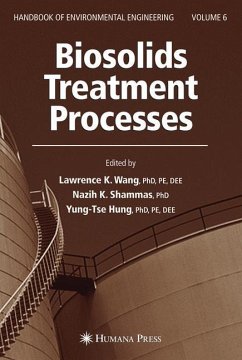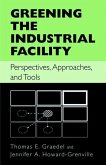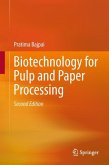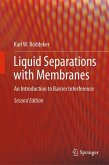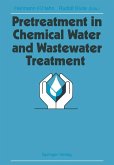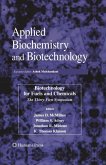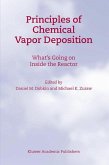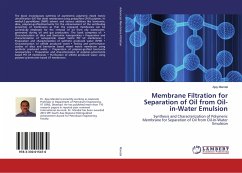The past thirty years have seen the emergence of a growing desire worldwide that positive actions be taken to restore and protect the environment from the degrading effects of all forms of pollution-air, water, soil, and noise. Because pollution is a direct or indirect consequence of waste, the seemingly idealistic demand for "zero discharge" can be construed as an unrealistic demand for zero waste. However, as long as waste continues to exist, we can only attempt to abate the subsequent pollution by converting it to a less noxious form. Three major questions usually arise when a particular type of pollution has been identified: (1) How serious is the pollution? (2) Is the technology to abate it available? and (3) Do the costs of abatement justify the degree of abatement achieved? This book is one of the volumes of the Handbook of Environmental Engineering series. The principal intention of this series is to help readers formulate answers to the above three questions. The traditional approach of applying tried-and-true solutions to specific pollution problems has been a major contributing factor to the success of en- ronmental engineering, and has accounted in large measure for the establi- ment of a "methodology of pollution control. " However, the realization of the ever-increasing complexity and interrelated nature of current environmental problems renders it imperative that intelligent planning of pollution abatement systems be undertaken.
From the reviews:
"This tome comprises 23 chapters of unequal length written by an ensemble of 20 authors ... . This book will be extremely useful to advanced undergraduate and graduate students - and I should also add to their teachers, preceptors and mentors -of civil and environmental engineering, to designers of wastewater treatment, biosolids and sludge treatment systems, and to scientists and researchers dealing with biosolids management operations." (J. G. LLaurado, Management of Environmental Quality, Vol. 19 (3), 2008)
"This tome comprises 23 chapters of unequal length written by an ensemble of 20 authors ... . This book will be extremely useful to advanced undergraduate and graduate students - and I should also add to their teachers, preceptors and mentors -of civil and environmental engineering, to designers of wastewater treatment, biosolids and sludge treatment systems, and to scientists and researchers dealing with biosolids management operations." (J. G. LLaurado, Management of Environmental Quality, Vol. 19 (3), 2008)

